-
Membership
Membership
Anyone with an interest in the history of the built environment is welcome to join the Society of Architectural Historians -
Conferences
Conferences
SAH Annual International Conferences bring members together for scholarly exchange and networking -
Publications
Publications
Through print and digital publications, SAH documents the history of the built environment and disseminates scholarship -
Programs
Programs
SAH promotes meaningful engagement with the history of the built environment through its programs -
Jobs & Opportunities
Jobs & Opportunities
SAH provides resources, fellowships, and grants to help further your career and professional life -
Support
Support
We invite you to support the educational mission of SAH by making a gift, becoming a member, or volunteering -
About
About
SAH promotes the study, interpretation, and conservation of the built environment worldwide for the benefit of all
Resilience and Regeneration
Annie Schentag is a 2023 recipient of the H. Allen Brooks Travelling Fellowship. All photographs are by the author, except where otherwise specified.
"How was your trip?" That question always instills dread in me. I am far more interested in the specific than in the grandiose. That makes a task like this difficult: how to briefly summarize the lessons learned, when the true gift was
all those moments of learning them?
As a 2023 recipient of the H. Allen Brooks Travelling Fellowship, I traveled through five Latin American nations to study the intersection of urban regeneration and historic preservation. I wanted to explore the evolving expression of urban adaptation, activation, and resilience in unfamiliar contexts. I wanted to see how collective memory was manifested, expressed, and transformed in the built environment in places where revitalization is critical to moving forward from difficult, recent pasts. I began to do this, and more, in ways that I will still be processing in my career for many years to come.
Mostly, I was surprised. I was surprised at how little I had formally learned of these places prior to my travels. I was frustrated at how skewed my distant impression had been; these were not scary or sad places—these were places worthy of celebration, celebrating themselves already. I was in awe of the successful public spaces everywhere I went. Latin America knows how to build, adapt, and use a public space better than anywhere I’ve ever been. I was surprised I had never truly learned that from afar, as someone who studies and teaches about public space. There is so much to learn from these places and the people that shape and use them.

Figure 1: Public space along an active industrial waterfront is well used in Bahia Blanca, Argentina.

Figure 2: In Popayan, Colombia, the central square of Caldas Park is often thriving with activity, adjacent to the Catedral Basílica de Nuestra Señora de la Asunción.
I was also surprised by myself, at my willingness to trust complete strangers on a sailboat in the middle of the ocean or feel so deeply in conversations I never expected to have. I was unprepared for how important it felt for me to write these blog entries, at the gravity I felt in communicating even a portion of all I was learning at the time. I was relieved to discover how natural a sustained writing practice could be for me while traveling, blissfully outside the daily routines of balancing two full-time jobs. It snuck up on me slowly, but by the time I reached Buenos Aires I realized that I needed to invest more time in my own writing, long term. Once I returned home, I surprised myself again: I made the decision to take leave from my academic position next year in order to take the tentative, terrifying leap of pursuing my own research agenda outside of an academic institution.
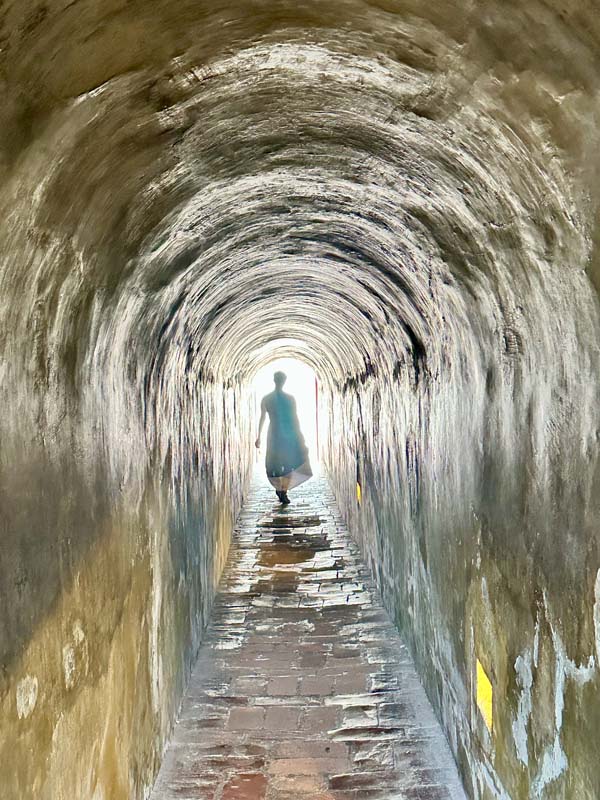
Figure 3: Exploring a tunnel built in 1536 at the Castillo San Felipe de Barajas, Cartagena, Colombia.
This fellowship gave me so many gifts, including a long and growing list of topics, sites, and projects to develop. Above all, this fellowship gave me the gift of time. Time to pursue, time to wander outside myself, time to recalibrate, time to reprioritize, and time to explore all the ways that real change can look in my career and in my life. It is the most important and influential time I have ever spent in my career thus far, and that is a gift that will keep giving.
Throughout the fellowship, I was keenly aware of the unfair privilege of my well-funded travel through nations where displacement is pervasive. I constantly grappled with the dysphoric disconnect between the joy I experienced of passing through new places while for others the same passage was a form of horror. Sometimes we would even share the same bus, the same block, the same building—but I knew it was not a shared experience in any way. All I could truly understand was that I could not understand. There was no way I could ever pay the dues to earn the truths of their experience, but I could pay attention. It was an impossible equation to balance, to find any kind of equality amongst situations so radically skewed.
I sailed right past the Darién Gap in Panama, where thousands are still risking their lives to migrate northwards this year. While some sunbathe on the sandbar islands offshore, the Guna Yala continue to build shelters on the sand to provide temporary relief for migrants attempting a sea crossing instead of the jungle path. When I arrived back home to my city of Buffalo, I was newly engaged in the struggle to embrace and support some of those migrants who crossed that very same jungle to arrive here. Just a few months ago I sailed on a boat that was only a few dozen feet from the coastline of that dense jungle, but was still a world away. Paradise is relative.

Figure 4: Sailing the Alessandra in proximity to the Darién Gap, but never approaching the shore.

Figure 5: Viewing the Darién Gap coastline, always abstracted from a distance.
The architecture of displacement manifests in so many different ways, as other H. Allen Brooks Fellows have studied. In Bolivia, the loud and proud cholets celebrate a new form of urban indigeneity for Aymara displaced from the countryside. In Buenos Aires, informal settlements grow rapidly on the outskirts of the city, while others like Barrio 31 put residents at the center of participatory design. Colombian cities invest in public transportation to connect informal settlements to services in the urban core, seeking ways to balance the aid they give to Venezuelan refugees alongside rural populations still displaced within the nation’s own borders.

Figure 6: A cholet architecturally embodies urban indigeneity in the contemporary context of the predominantly Aymara city of El Alto, Bolivia.
In many of these places, preservation provides a tool to maintain democratic order. The struggle for democracy is a contemporary history in Argentina and Uruguay, for instance, a recent wound still healing. In Colombia and Bolivia, the preservation of ancient and pre-colonial sites enable historic interpretations of these nations to reclaim national identities outside of Spanish colonialism. In contexts like these, historic preservation is an act of remembering that also serves as a way of distinctly not forgetting.
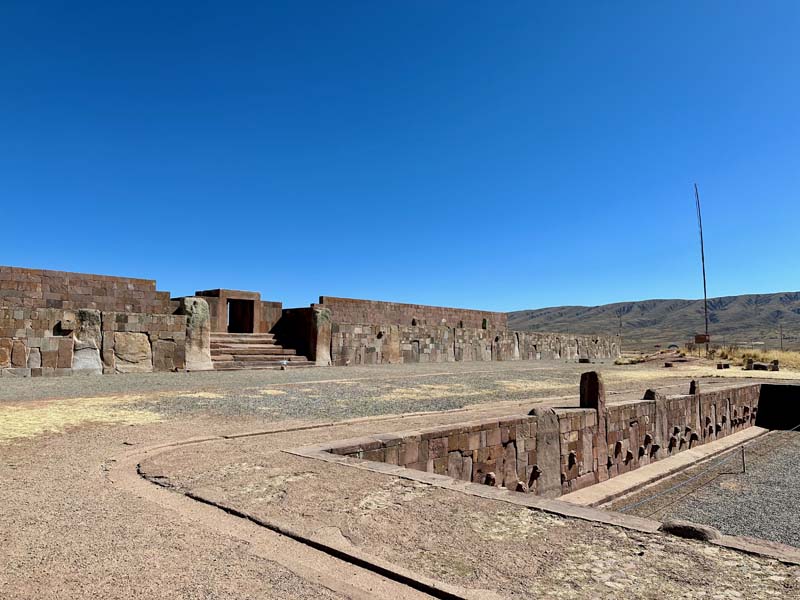
Figure 7: The ancient site of Tiwanku dates to at least 200 BCE, long before the Inca and Spanish arrived. It is situated near Lake Titicaca in Bolivia and still serves as a sacred site for many Andean cultures today.
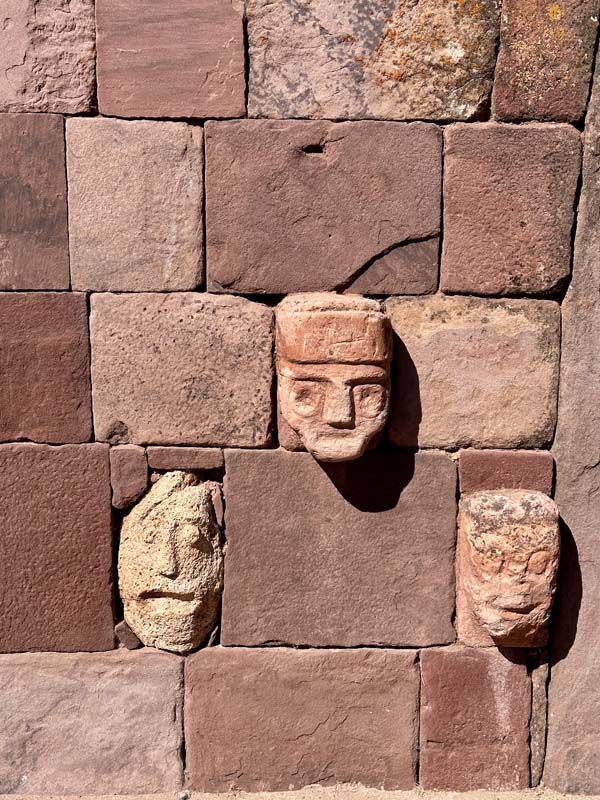
Figure 8: Detail of carved faces carved set within the ancient walls at Tiwanku.
I saw so many examples of adaptive reuse that stake a claim in justice. Rather than turn away from the darkness, the rehabilitation of sites of horrific history become opportunities to better serve marginalized communities today. The Palace of the Inquisition in Cartagena, Colombia, has been transformed into a museum acknowledging horrific tortures in order to advocate for inclusion. In Cordoba, Argentina, the Museum of Memory occupies a space formerly used by the Department of Intelligence as a clandestine center for detention and torture, with detailed artifacts about individuals still missing after being admitted there 40 years ago. The National Museum in Bogotá takes pride in its collection of Colombian artworks housed inside a panoptic prison. In Montevideo, Uruguay, the Punta Carretas prison has been transformed in a more capitalistic approach to panopticons: a shopping mall.
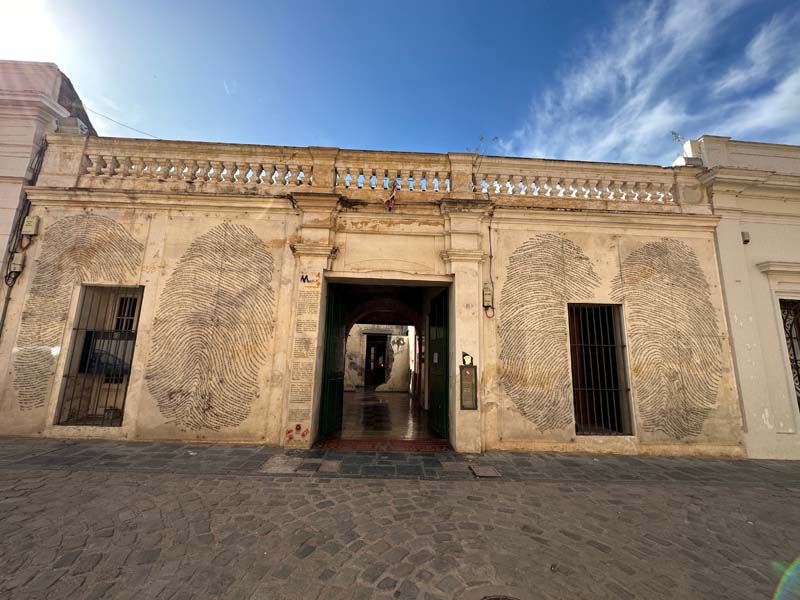
Figure 9: Entrance to the Museum of Memory in Cordoba, Argentina. The fingerprints on the exterior walls are comprised of the names of people who were kidnapped, tortured and/or executed by the Department of Intelligence
in Cordoba, likely at this facility.
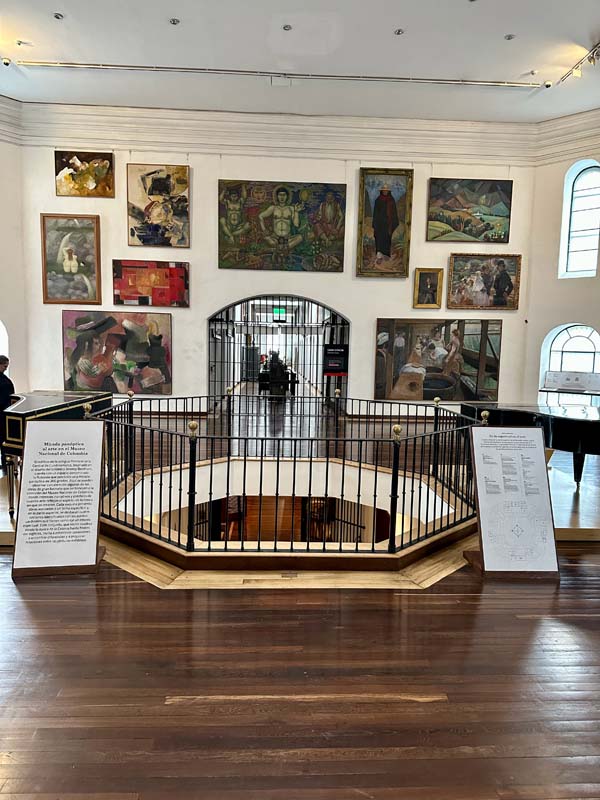
Figure 10: The National Museum in Bogotá houses a large collection of artworks, artifacts, and publicly curated exhibitions inside a nineteenth-century prison.
The foreign extraction of resources also manifests at the core of Latin American histories, and in the built environment. The architectural impact of this extraction manifests in both glamour and grit. It is present in the grandiose Baroque-Mestizo churches of La Paz and in the whitewashed walls of colonial-era towns like Popayan, Colombia, and Sucre, Bolivia, as well as in the UNESCO-heritage meatpacking plants of Fray Bentos, Uruguay. It repeats itself in every central square and street grid, laid out according to the Law of the Indies imposed from overseas. I encountered both implicit and explicit discussions of foreign extraction of resources in every nation I visited, all of which utilized architecture and preservation as a way of processing and responding to the centuries of impact it has made.
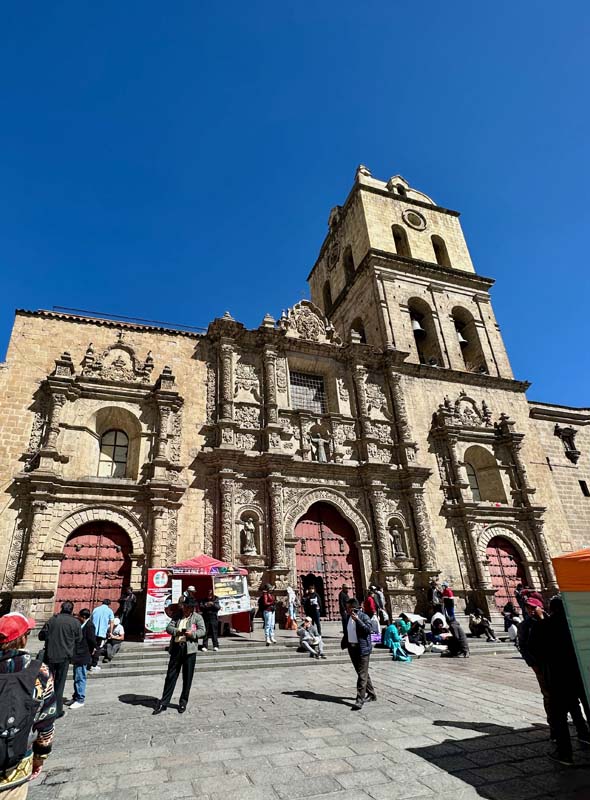
Figure 11: The Iglesia de San Francisco in La Paz, Bolivia is a great example of a Baroque-Mestizo church.

Figure 12: Detail of column at the Iglesia de San Francisco. The church contains a wealth of Indigenous symbols carved into the exterior.
This topic is also very much a contemporary issue. Thousands of citizens are protesting a recent government contract with a Canadian copper mining company in Panama, although it has not received the attention it deserves in major American news sources. Led largely by numerous Indigenous communities, this is only the most recent demonstration in a long Panamanian history of civic activism to protect environmental resources in this carbon-negative country, a nation with a canal literally cut through it by the United States. To the south, foreign influence in Colombia’s drug trade is increasingly well known, directly impacting virtually every aspect of the nation’s social, economic, and agricultural practices for the last several decades. The oil industry has a controversial, growing presence off the Atlantic coastline, as well as growing tensions over the Venezuelan oil trade network.
More than any other nation I’ve visited, Bolivia has been shaped by the extraction of its resources by foreign nations. It wears this history on its sleeve. The city of PotosÍ is a globally relevant example of the power and downfall of natural resource extraction. There, the silver extracted from a single mountain known as Cerro Rico almost singlehandedly funded Spanish conquest and the imposition of its colonial power during the sixteenth century. Aptly referred to as the “jugular vein of the viceroyalty,” PotosÍ was South America’s primary hub for silver mining and coin minting for centuries.1 The first 300 years of Spanish-controlled mining activity at Cerro Rico claimed about eight million lives, many of them Indigenous. Today, Cerro Rico is still an active mine even though the silver has run dry, where both local employees and freelancers spend up to 20 hours a day in darkness mining tin in extremely harsh conditions. The city was built to celebrate the glory of the rich minerals it once contained, and today its buildings also tell the story of the true cost of that extraction.
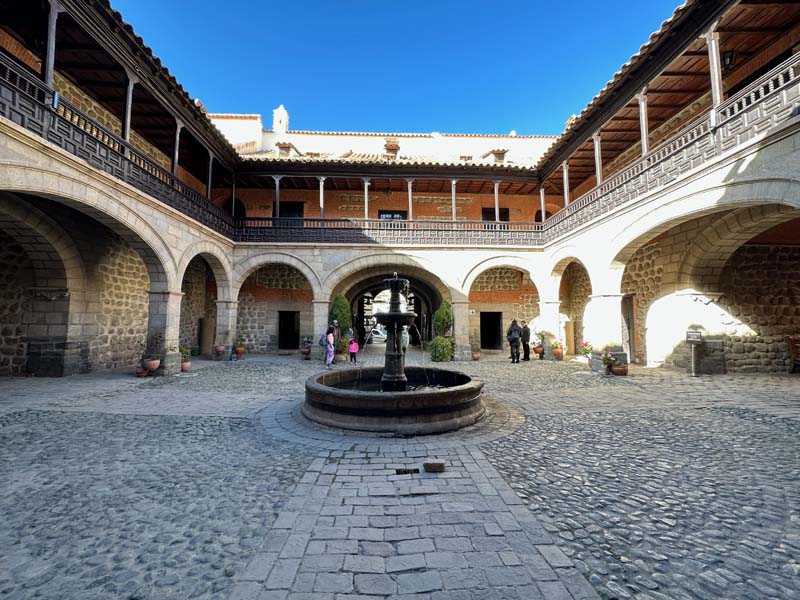
Figure 13: Grand courtyard of the National Mint of Bolivia (Casa de la Moneda de Bolivia). The lavish architecture of this large complex attests to the wealth of the Spaniards who built and used it to create coins from
silver mined in deadly conditions at nearby Cerro Rico.

Figure 14: View of exhibition space in one of the buildings at the National Mint of Bolivia in PotosÍ.

Figure 15: Detail of floorboards, where traces of human labor are visible in the footprint worn into the floor towards the left. Interpretations of the human cost of the mint are present at this site in subtle ways.
Not far from the Uyuni Salt Flats I visited, Bolivia contains about one-quarter of the world’s known lithium. In a far too cyclical sense of history, foreign investors are vying for the rights to extract this resource from Bolivia in order to mass produce electric vehicles at their own profit. The nation’s recent gas wars and ongoing debates about lithium demonstrate these issues are still very much woven into the country’s plurinational identity, past and present. It is time to weave them into more architectural histories as well.
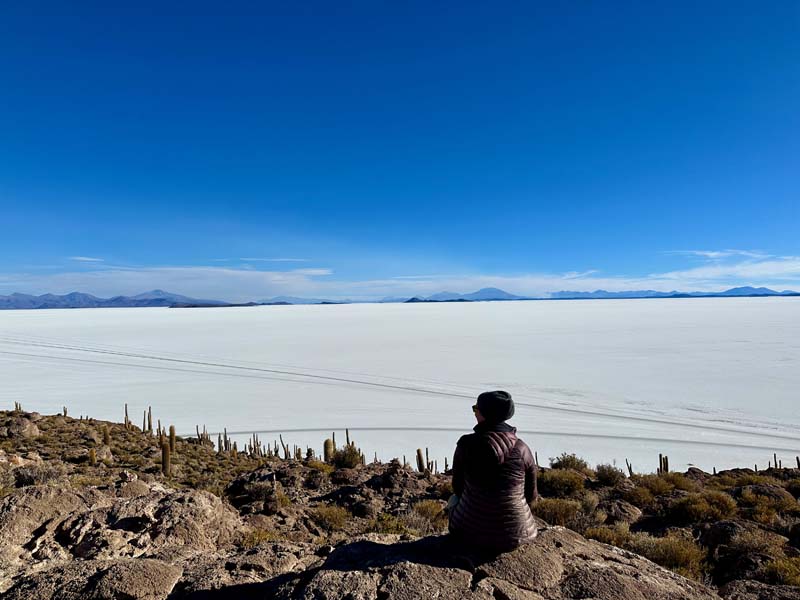
Figure 16: View of the Uyuni Salt Flats from Isla Incahuasi in Bolivia. This is the world’s largest salt flat, stretching over 4,000 square miles to Chile.

Figure 17: Detail of the Uyuni Salt Flats. This area contains one of the world’s largest lithium deposits, which many nations are currently vying for the rights to extract from Bolivia.
The things that most Americans don’t learn about other countries is an injustice. Frankly, I was often embarrassed at how little I had previously learned about the places I was visiting. In my extensive education, I never learned about the many generations of American imperialism in Panama’s Canal Zone, foreign influence in the Colombian drug wars, Bolivia’s socialist government, Argentina’s fight for democracy 40 years ago, or really anything about Uruguay at all. I also never learned any of the positive examples in these places either: the stunning examples of urban resilience, innovative architectural designs, top-notch museums, some of the best public spaces in the world, and creative design approaches that were ever-present once I set foot in countries that many people back home had warned about visiting.
This ignorance is a problem. It is not just my ignorance, and it is not just my problem. Some of it, surely, could be related to my particular specialization or educational approach, my own blind spots. Yet I am certain I did not learn anything at all about these topics in even the most basic way in my otherwise excellent education either. I’m pretty sure I was never required to even identify Bolivia on a map in school, let alone understand that its silver funded the majority of Spanish conquest for many decades. We need to move so much further away from the glory of New Spain in South America. There is so much else to talk about besides colonial architecture, beautiful as it can be.
Traveling on this fellowship provided a new education for me—in conversations, in observations, in civic institutions specifically designed to do so. I constantly tried to keep in mind that the purpose of this fellowship was to learn through travel, exploration, and experience, not intensive research. Perhaps expertise can come not just through a mastery of subject matter (which I didn’t have in these contexts), but through an empathetic approach. So I got out of the archives, and into the world. I learned these stories, instead, through places preserved for that purpose and through people willing to share their experiences with me.

Figure 18: Experiencing the juxtaposition of old and new at Panama Viejo.

Figure 19: Marveling at the Virgilio Barco Library, designed by Rogelio Salmona in Bogotá.
That is how I met new heroes in these international contexts. That is how I began to recognize a new lexicon of Indigenous symbols and learn from their legacies of activism. That is how I learned the names of dozens of incredible contemporary architects working in these countries. That is how I marveled at truly creative approaches to empowering the public in urban spaces. That is also how I learned the hard way that one should not say the word "drogas" aloud when trying to ask for "medicina" in a Colombian mall filled with police enforcement.
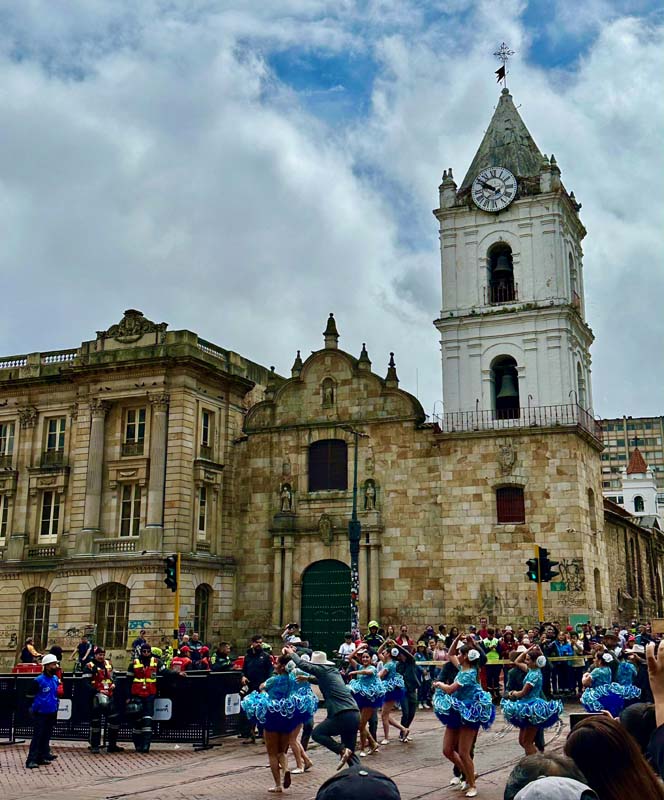
Figure 20: The vivacity of public space is ever-present in Bogotá, Colombia.
Travelling on the H. Allen Brooks Fellowship has been, and will continue to be, an education in humility. More and more, the act of teaching feels both limited and inspired by the knowledge that there is so much more to learn, together. I show up to my lectures excited to share photographs of places that my students have not heard of, or have not heard good things about. I share my experiences in a frustrated but earnest attempt at translation, and hope to connect my students to these places and ideas in ways that I had not been prior to this fellowship. More often, when they ask, "what did you learn on your fellowship?" I answer: I will be learning from it for a long time.



Leave a commentOrder by
Newest on top Oldest on top